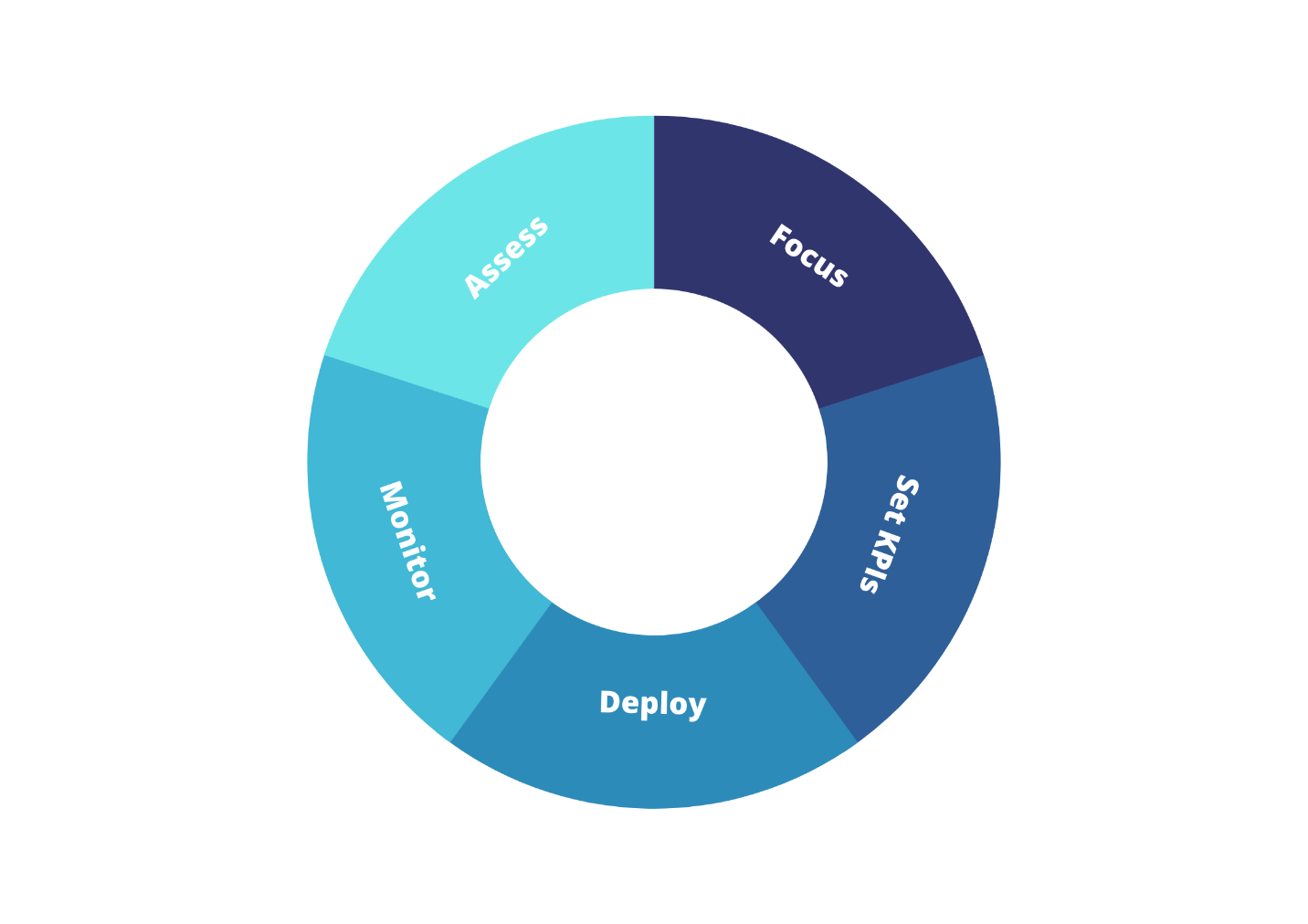
We are living in the digital age. Enterprise digital transformation is looming, and with deep learning and AI technology progressing at a faster rate than ever before, it only makes sense to use those tools as we consider how to transform businesses into a fully digital environment.
How could we automate quite monotonous and low-value tasks so that our most valuable assets—our employees—can focus on the more valuable, complex work for which they were hired? Well, with the latest innovations in the industry everything is possible but it’s a long methodical journey before you reap the benefits.
Step 1: Assess your current business situation.
First and foremost, take a step back and assess the current state of your company. Examine your current business tools, such as productivity software, Customer relationship management, ticketing software, and so on.
Which of the following would you like to include in your unified communications platform? (You might want to incorporate all of them.)
Previously, when digital technologies were not as advanced as they are today, businesses would have considered only their phone system rather than their unified communications platform—but today, most businesses use a variety of communication channels, including messaging and video conferencing. Begin by sketching out the core capabilities and architectural domains you intend to implement.
Step 2: Focus your strategy
Next, define key business scenarios, desired demographics, goals, and expectations to narrow down that strategy. Use these criteria to establish a preliminary business model that considers all of the varying factors that can influence your organization in its broader ecosystem.
Determine your targeted market segments and the technologies that will assist you in reaching them (for example, over the phone and on Social Media). What do these customers require and desire? Make sure they’re included in your transformation strategy.
Step 3: Setting your KPIs
How will you assess the success of your digital transformation initiative? To do so, you’ll need to use specific KPIs (key performance indicators). As you begin to implement your new technology stack, make certain core metrics a priority to gain a better understanding of how your customers are responding, how your business’s operations are running, and how this is affecting your return on investment.
Here are some key performance indicators to consider—you may not need all of them, but you should be aware of them:
- Customer life expectancy
- Time saved
- Revenue generated by new digital services
- Business long-term viability
- Outbound marketing effectiveness
- Enhancement of operational procedures
- Productivity in the workplace
- Innovation rate
- Rapid deployment of cloud applications
Step 4: Phased Deployment
When it comes to deployment, taking a multi-phase approach is advisable as it mitigates risk. Many enterprises take smaller steps that can be managed with attention to detail. Once you’ve completed a few of these types of digital transformation projects and have a better understanding of the process, you might consider moving your organization’s voice or telephony to the cloud.
During the task automation stage, you will concentrate on automating previously manual tasks to improve operational efficiency. You’ll be mobilizing your new cloud infrastructures and using software automation tools to support digital scaling and development during the digital expansion stage. Finally, your goal during the augmentation phase will be to advance your digitization journey with more advanced tools and functionalities.
Step 5: Constant Monitoring
Monitoring is the last stop on your digital transformation road map. With real-time data and analytics, you’ll be able to keep track of everything that’s going on. Because digital transformations have a high failure rate, it is critical to assess your progress and address any issues before they become exaggerated. The temptation to switch on the autopilot mode prematurely can be fatal. Remember to keep an eye on those KPIs and use the data to your advantage.
Although enterprise digitization presents several challenges, we can make the transition as simple as possible by designing a thoughtful roadmap that takes into account all of the touchpoints that teams across the business require, anticipating software lifecycles, and leveraging born-in-the-cloud technologies.
Check out our previous blog to get a better insight into the challenges and benefits of Digital Transformation

Connect with us for all your tech-related queries



